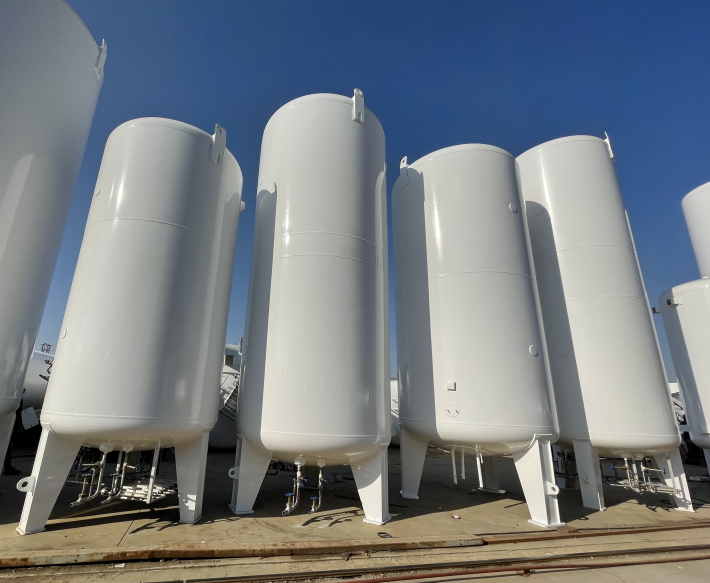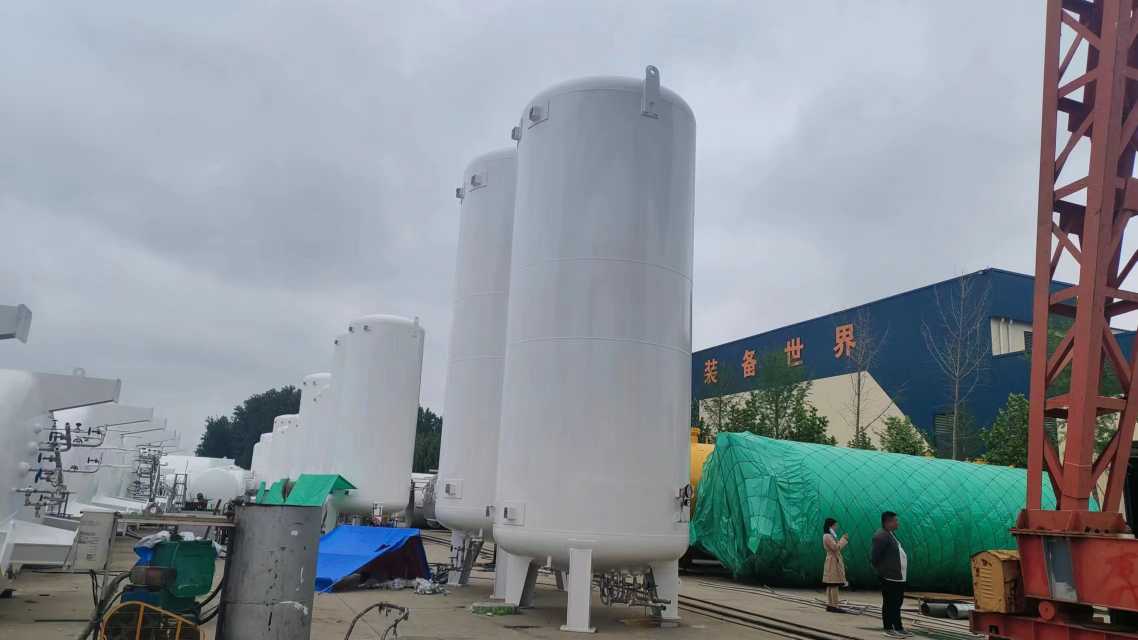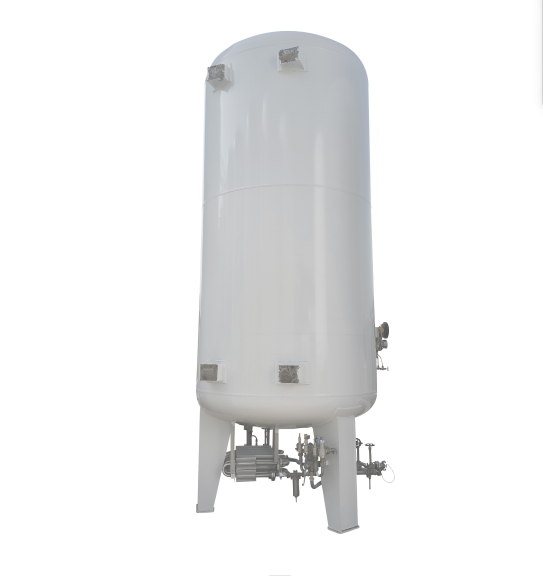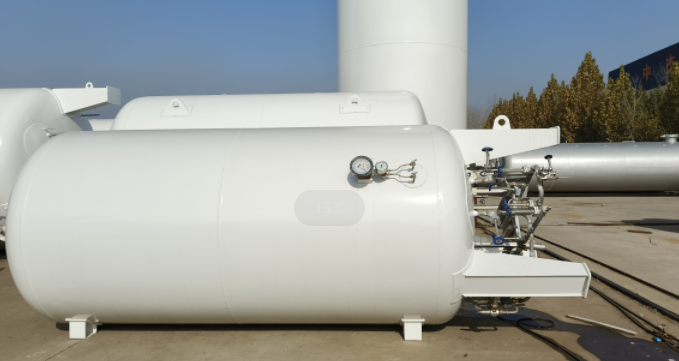Key Factors in Selecting Low-Temperature Materials for Extreme Environments
In demanding environments with extreme cold conditions, the selection of appropriate low-temperature materials becomes crucial for maintaining structural integrity and performance.
Introduction: In demanding environments with extreme cold conditions, the selection of appropriate low-temperature materials becomes crucial for maintaining structural integrity and performance. This article explores the key factors influencing the choice of materials in low-temperature applications, ensuring reliability and functionality in sub-zero environments.
1. Low-Temperature Toughness: One of the paramount considerations in material selection for low temperatures is its ability to maintain toughness in extremely cold conditions. Materials that exhibit low-temperature toughness prevent the risk of brittle fracture, offering enhanced reliability in sub-zero environments.
2. Thermal Conductivity: The thermal conductivity of materials is amplified in low-temperature environments. Opting for materials with excellent thermal conductivity ensures efficient heat transfer even in freezing conditions, contributing to overall performance and stability.
3. Coefficient of Thermal Expansion: Understanding the impact of temperature fluctuations on materials is essential. Choosing materials with a low coefficient of thermal expansion helps mitigate stress and deformation caused by temperature variations, ensuring dimensional stability in extreme cold.
4. Chemical Stability: Chemical changes can occur at low temperatures, potentially leading to corrosion or oxidation. Selecting materials with high chemical stability is critical to prevent adverse reactions, ensuring longevity and reliability in sub-zero conditions.
5. Strength and Rigidity: Maintaining sufficient strength and rigidity at low temperatures is vital for the structural integrity of components. Materials that retain their mechanical properties in extreme cold environments contribute to the overall durability and performance of equipment.
6. Cost-Effectiveness: While prioritizing performance, it’s essential to consider the cost-effectiveness of chosen materials. Balancing performance requirements with budget constraints ensures a judicious selection that meets both functional and financial considerations.
Conclusion: In conclusion, the choice of low-temperature materials is a multifaceted decision that involves considering factors such as toughness, thermal conductivity, thermal expansion, chemical stability, strength, rigidity, and cost-effectiveness. By navigating through these considerations, industries can ensure the reliability and longevity of structures and equipment in extreme cold conditions. For cutting-edge solutions in low-temperature materials, visit www.jianshentank.com to explore our comprehensive range tailored for challenging environments.















